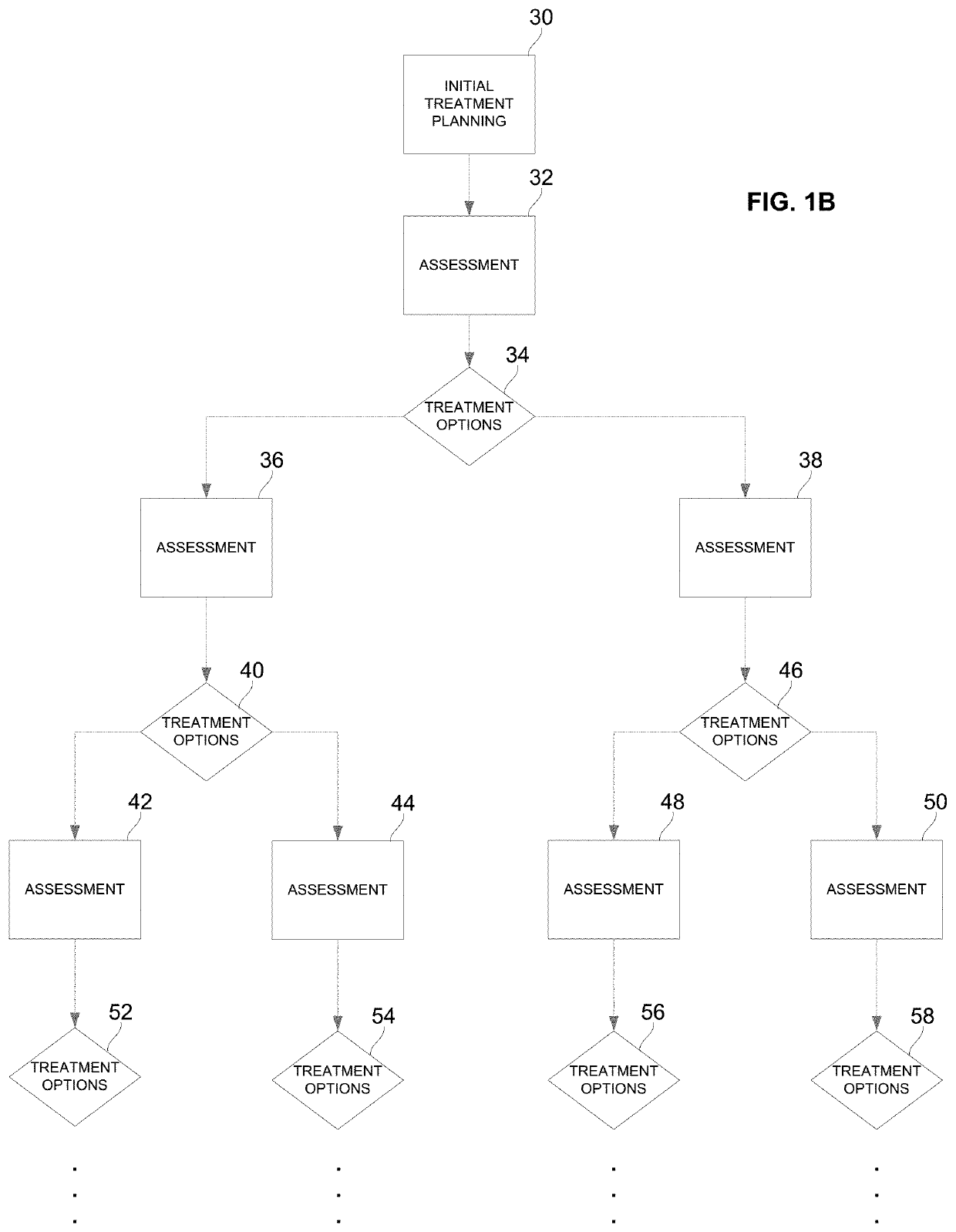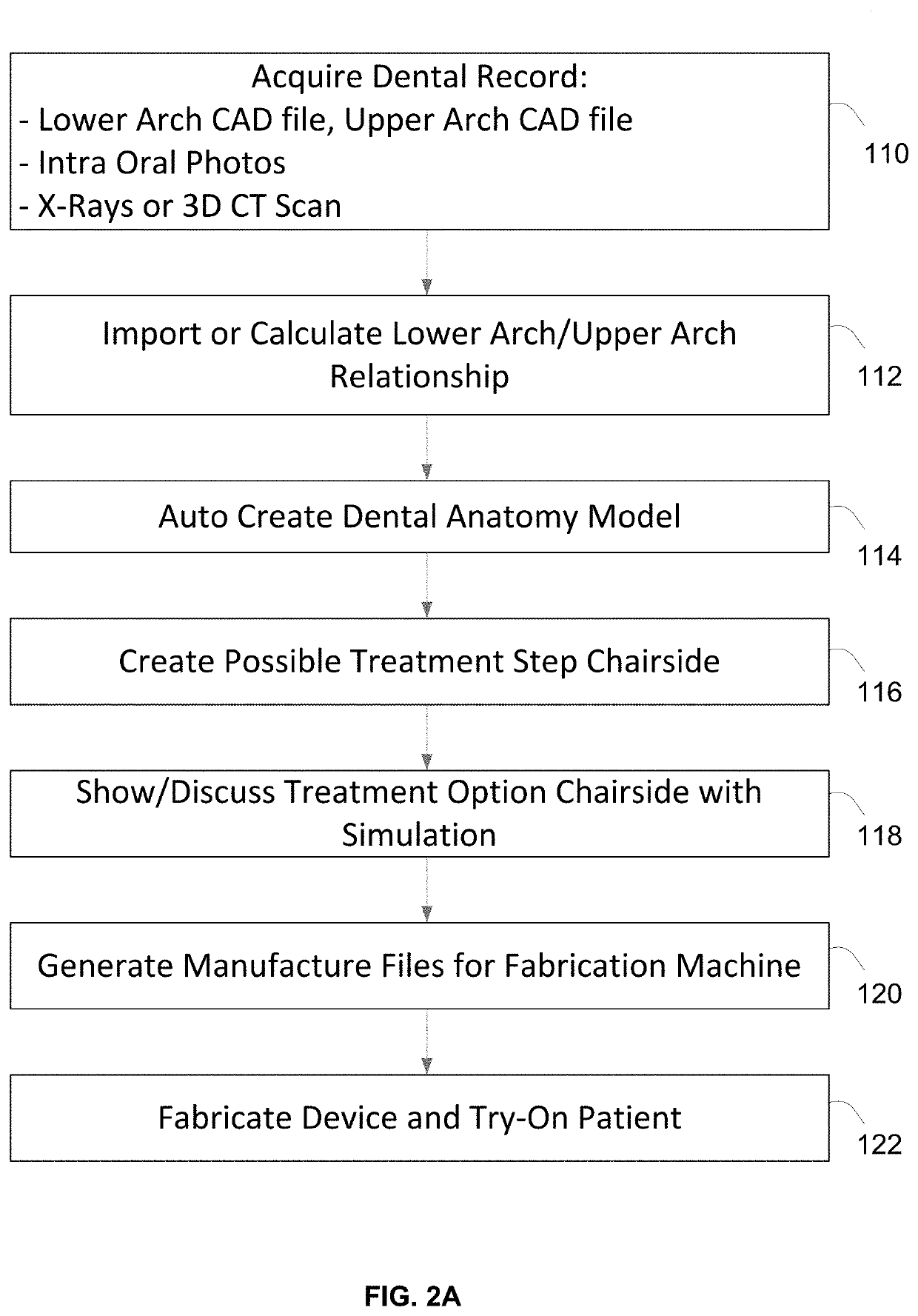Orthodontic planning systems
a technology of orthodontic planning and planning system, applied in medical science, healthcare informatics, instruments, etc., can solve the problems of root resorption, inability to shorten treatment time, complex treatment of braces, etc., and achieves the effect of reducing the risk of shell tear from excessive removal force, reducing the risk of shell tear, and reducing the for
- Summary
- Abstract
- Description
- Claims
- Application Information
AI Technical Summary
Benefits of technology
Problems solved by technology
Method used
Image
Examples
Embodiment Construction
[0122]The present invention will be described, with respect to particular embodiments but the invention is not limited thereto but only by the claims. Any reference signs in the claims shall not be construed as limiting the scope thereof
[0123]As used herein, the singular forms “a”, “an”, and “the” include both singular and plural referents unless the context clearly dictates otherwise.
[0124]The terms “comprising”, “comprises” and “comprised of” as used herein are synonymous with “including”, “includes” or “containing”, “contains”, and are inclusive or open-ended and do not exclude additional, non-recited members, elements or method steps.
[0125]The terms “comprising”, “comprises” and “comprised of” when referring to recited members, elements or method steps also include embodiments which “consist of” said recited members, elements or method steps.
[0126]Furthermore, the terms first, second, third and the like in the description and in the claims, are used for distinguishing between si...
PUM
 Login to View More
Login to View More Abstract
Description
Claims
Application Information
 Login to View More
Login to View More - R&D
- Intellectual Property
- Life Sciences
- Materials
- Tech Scout
- Unparalleled Data Quality
- Higher Quality Content
- 60% Fewer Hallucinations
Browse by: Latest US Patents, China's latest patents, Technical Efficacy Thesaurus, Application Domain, Technology Topic, Popular Technical Reports.
© 2025 PatSnap. All rights reserved.Legal|Privacy policy|Modern Slavery Act Transparency Statement|Sitemap|About US| Contact US: help@patsnap.com



